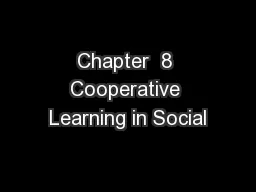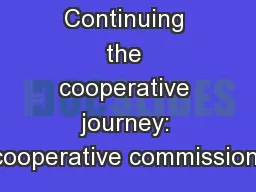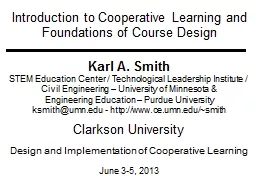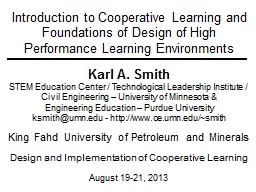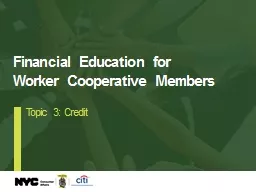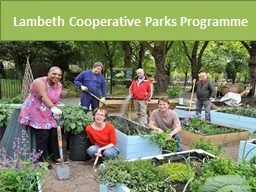PPT-Chapter 8 Cooperative Learning in Social
Author : lois-ondreau | Published Date : 2018-03-22
Studies Looking Ahead Why might critics fear an emphasis on teamwork What are the two types of grouping that this chapter will focus on Can You identify the differences
Presentation Embed Code
Download Presentation
Download Presentation The PPT/PDF document "Chapter 8 Cooperative Learning in Socia..." is the property of its rightful owner. Permission is granted to download and print the materials on this website for personal, non-commercial use only, and to display it on your personal computer provided you do not modify the materials and that you retain all copyright notices contained in the materials. By downloading content from our website, you accept the terms of this agreement.
Chapter 8 Cooperative Learning in Social: Transcript
Download Rules Of Document
"Chapter 8 Cooperative Learning in Social"The content belongs to its owner. You may download and print it for personal use, without modification, and keep all copyright notices. By downloading, you agree to these terms.
Related Documents

